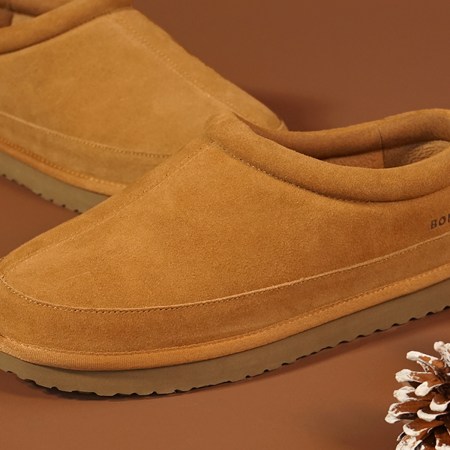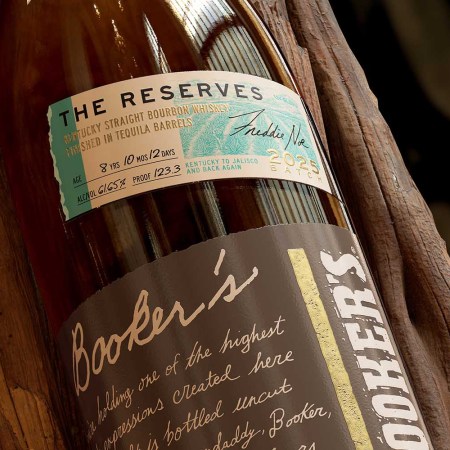The more digital we go, the less “real” things seem to look on screen.
Or sometimes, things look too real.
So good news, fans of films that look like films: The Super 8 is coming back.
A film format created by Kodak in 1965, the Super 8mm camera was the precursor to the home video camera. The handheld camera was also a starting point for pretty much every film auteur today, which is probably why the camera’s return was met with praise by the likes of Christopher Nolan, JJ Abrams (who directed the Stranger Things of 2011 flick Super 8), Patty Jenkins and Quentin Tarantino.
After making waves at CES 2016 with the announcement of a digital Super 8, Kodak went silent. However, recent news points to a release later this year, with cameras in the $2,000-$2,400 range.
The digital Super 8 is still an analog camera that utilizes Kodak Super 8 cartridges, but now with the addition of interchangeable lenses, an LCD monitor, an angled handle, an SD card (for hooking up an external mic) and an HDMI port. To process your film, you’ll send in your cartridges to Kodak, which will digitize your footage and send back so you can use your preferred editing software.
Sure, part of camera’s return is nostalgia (see: the endless attempts to revive Polaroid). But part of the eagerness for the Super 8’s return comes from the camera’s film style — better contrast, more depth, and, admittedly, more of an old-school sense of “film.” A nebulous idea best summed up by Steven Spielberg, who noted “I want our century-plus medium to keep its filmic look,” after presumably shouting “Get off of my lawn.”
A limited-edition version of the Super 8 will go on sale soon for around $2,000-$2,400.
This article appeared in an InsideHook newsletter. Sign up for free to get more on travel, wellness, style, drinking, and culture.























